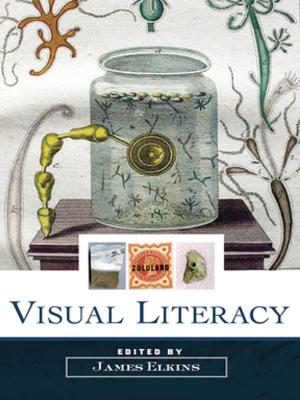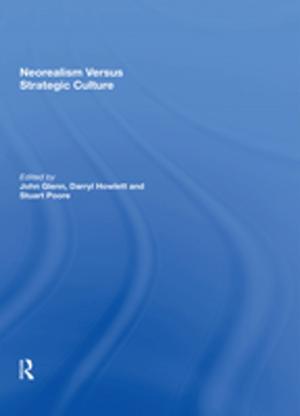Love (and Hate) With the Proper Stranger: Affective Honesty and Enactment
Psychoanalytic Inquiry, 26.2
Nonfiction, Health & Well Being, Psychology, Applied Psychology, Psychotherapy, Mental Health| Author: | ISBN: | 9781317757962 | |
| Publisher: | Taylor and Francis | Publication: | September 29, 2017 |
| Imprint: | Routledge | Language: | English |
| Author: | |
| ISBN: | 9781317757962 |
| Publisher: | Taylor and Francis |
| Publication: | September 29, 2017 |
| Imprint: | Routledge |
| Language: | English |
This issue of Psychoanalytic Inquiry follows a design that has achieved increasing popularity in today's pluralistic world of psychoanalytic theory and practice. Providing a case presentation that incorporates detailed process noted along with a number of discussions of that case taken from divergent theoretical perspectives that appeals to the clinican operating in a postmodern setting. By proposing alternative ideas to the reader, the reader is afforded an opportunity to conceptualize from his or her own perspective the approach most conducive to good analytic work for the particular patient he or she has envisioned from reading the material presented. Or the reader may discover that alternative views suggested in the discussions may be integrated, establishing a more textured, more complex vision of the analytic pair at work together, a process facilitated through application of a systems sensibility. The abiding lesson - that there is no one good way to do our work but, on the other hand, that not all ways are equally good - is put forward persuasively in this format.
This issue of Psychoanalytic Inquiry follows a design that has achieved increasing popularity in today's pluralistic world of psychoanalytic theory and practice. Providing a case presentation that incorporates detailed process noted along with a number of discussions of that case taken from divergent theoretical perspectives that appeals to the clinican operating in a postmodern setting. By proposing alternative ideas to the reader, the reader is afforded an opportunity to conceptualize from his or her own perspective the approach most conducive to good analytic work for the particular patient he or she has envisioned from reading the material presented. Or the reader may discover that alternative views suggested in the discussions may be integrated, establishing a more textured, more complex vision of the analytic pair at work together, a process facilitated through application of a systems sensibility. The abiding lesson - that there is no one good way to do our work but, on the other hand, that not all ways are equally good - is put forward persuasively in this format.















